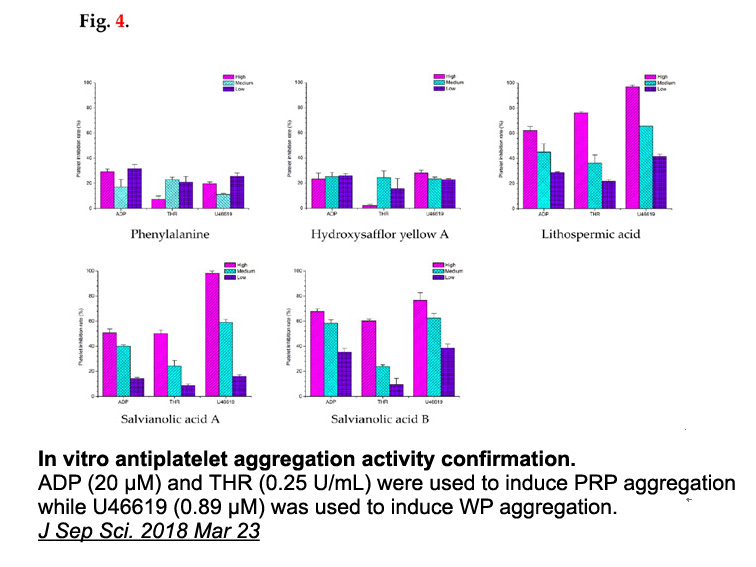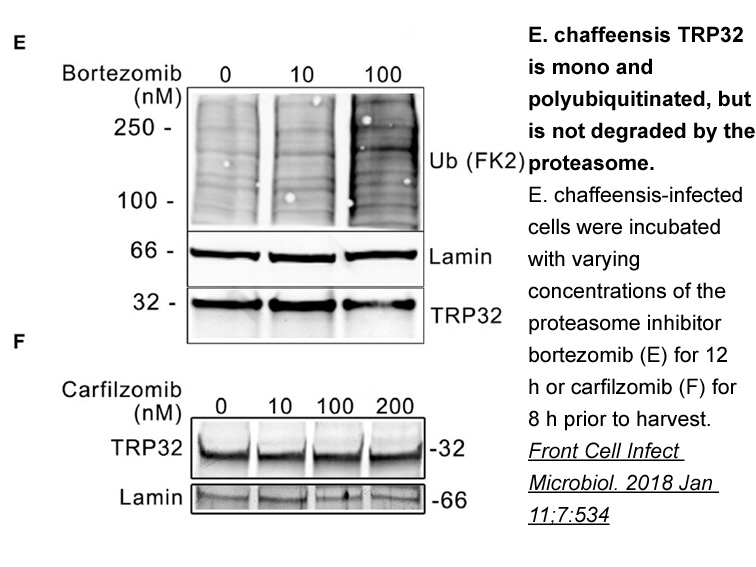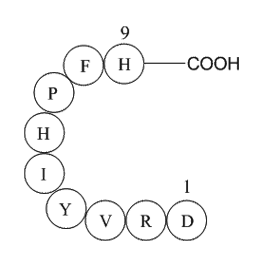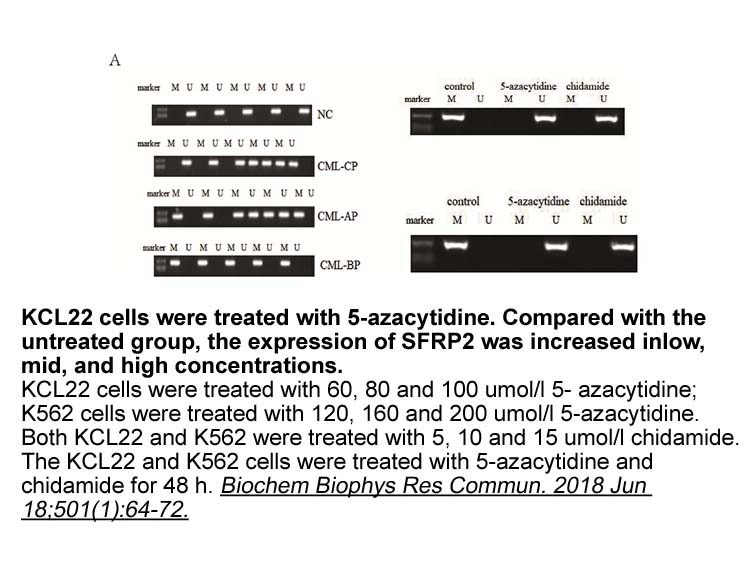Archives
- 2025-11
- 2025-10
- 2025-09
- 2025-03
- 2025-02
- 2025-01
- 2024-12
- 2024-11
- 2024-10
- 2024-09
- 2024-08
- 2024-07
- 2024-06
- 2024-05
- 2024-04
- 2024-03
- 2024-02
- 2024-01
- 2023-12
- 2023-11
- 2023-10
- 2023-09
- 2023-08
- 2023-07
- 2023-06
- 2023-05
- 2023-04
- 2023-03
- 2023-02
- 2023-01
- 2022-12
- 2022-11
- 2022-10
- 2022-09
- 2022-08
- 2022-07
- 2022-06
- 2022-05
- 2022-04
- 2022-03
- 2022-02
- 2022-01
- 2021-12
- 2021-11
- 2021-10
- 2021-09
- 2021-08
- 2021-07
- 2021-06
- 2021-05
- 2021-04
- 2021-03
- 2021-02
- 2021-01
- 2020-12
- 2020-11
- 2020-10
- 2020-09
- 2020-08
- 2020-07
- 2020-06
- 2020-05
- 2020-04
- 2020-03
- 2020-02
- 2020-01
- 2019-12
- 2019-11
- 2019-10
- 2019-09
- 2019-08
- 2019-07
- 2019-06
- 2019-05
- 2019-04
- 2018-07
-
Cell Counting Kit-8 (CCK-8): Precision Cell Viability for...
2025-09-27
Discover how the Cell Counting Kit-8 (CCK-8) enables sensitive cell viability and cytotoxicity assays in immunotherapy, hypoxia, and cancer research. This article provides advanced insights into WST-8 mechanisms and explores unique applications in tumor microenvironment studies.
-
Influenza Hemagglutinin (HA) Peptide: Advanced Tag for Ub...
2025-09-26
Explore the Influenza Hemagglutinin (HA) Peptide as an advanced epitope tag for protein detection, competitive elution, and dissecting ubiquitin signaling in cancer research. This in-depth analysis unveils novel strategies and technical insights beyond standard HA tag protocols.
-
TCEP Hydrochloride: Revolutionizing Protein Modification ...
2025-09-25
Discover how Tris(2-carboxyethyl) phosphine hydrochloride (TCEP hydrochloride), a water-soluble reducing agent, is uniquely enabling advanced protein modification and unprecedented sensitivity in modern diagnostics. This article explores novel mechanistic insights and experimental strategies that go beyond traditional disulfide bond reduction.
-
Tamoxifen: Unraveling Multifunctional Mechanisms for Next...
2025-09-24
Explore the multifaceted mechanisms of Tamoxifen, a leading selective estrogen receptor modulator, with a focus on its advanced roles in gene knockout, protein kinase C inhibition, and antiviral research. This article uniquely bridges molecular pharmacology with emerging immunopathology, offering novel insights for translational scientists.
-
HyperScribe T7 Cy3 RNA Labeling Kit: Advancing Fluorescen...
2025-09-23
Explore how the HyperScribe T7 High Yield Cy3 RNA Labeling Kit streamlines in vitro transcription RNA labeling for high-sensitivity, fluorescent RNA probe synthesis. This article details technical strategies for optimizing RNA labeling in advanced gene expression studies.
-
br The AHR functions in the immune system a
2025-03-03

The AHR functions in the immune system – a tsunami of exciting findings The research of recent years has convincingly established an important function of the AHR in linking chemical environmental cues to immune responses [21,22], and reviewed in [1,23]. As a side effect, a view of the AHR as “Th
-
Cancers that responded to immune checkpoint inhibitors
2025-03-03

Cancers that responded to immune checkpoint inhibitors were shown to present a type I interferon (IFN) signature in the TME 33, 34. Type I IFNs positively regulate the expression of tumor antigens and their crosspresentation by DCs to tumoricidal CTLs. Furthermore, CD8+ T cell develops full effector
-
The synthetic route to M
2025-03-03

The synthetic route to M100907 developed by Rice was utilized, however, the chiral resolution was carried out at an earlier stage to provide the possibility of introducing different substituents onto the piperidinyl group. The conditions for this resolution were different from previously reported.
-
The activation of P Rs modulates the activity
2025-03-03

The activation of P1Rs modulates the activity of many ion channels and receptors (Sebastião and Ribeiro, 2009) and the recent detection of P1Rs at the postsynaptic level of the adult NMJ (Garcia et al., 2014) makes potentially possible an adenosine-mediated modulation of the nicotinic crf1 receptor
-
br Results br Discussion Today enzymes play important roles
2025-03-03

Results Discussion Today, enzymes play important roles in various fields. A good assay for enzyme activity is of great value, especially when it has good specificity, sensitivity, reproducibility and economy. ADK is the first identified enzyme in the metabolic pathway of adenosine salvage [15,
-
Introduction Pyometra is relatively common in intact bitches
2025-03-03

Introduction Pyometra is relatively common in intact bitches and its diagnosis is aided by ultrasonography (Bigliardi et al., 2004), along with measurement of acute phase proteins and leucocyte (white blood cell, WBC) counts; assessment of these parameters during recovery may be helpful for monitor
-
BPTES The sequence of our reconstructed Anc is inferred base
2025-03-03

The sequence of our reconstructed βAnc is inferred based on probabilities, and the estimated probability of inferring the actual ancestral sequence is the product of the posterior probabilities for each site within the reconstructed sequence. Although the posterior probabilities (PP) for the majori
-
br Colabeling evidence for ACh and GABA cotransmission Thoug
2025-03-03

Colabeling evidence for ACh and GABA cotransmission Though functional demonstrations of ACh/GABA cotransmission remain largely limited to the retina and our recent analyses of cortex (Lee et al., 2010, Saunders et al., 2015a, Saunders et al., 2015b), evidence suggestive of ACh/GABA cotransmission
-
Pyrimidine is the important pharmacology core in
2025-03-03

Pyrimidine is the important pharmacology core in many Aurora inhibitors, such as VX-680, ENMD-2076, CYC-116 and ENMD-2076 [12]. To identify additional effective Aurora inhibitors, we designed a series of 2,4-diaminopyrimidine compounds, our modeling studies suggested that the Nucleoside Triphosphate
-
CHK has been reported to be the kinase responsible for
2025-03-03

CHK1 has been reported to be the kinase responsible for H3.3S31 phosphorylation in human ALT cancer L-Dihydroorotic research . However, in our study, knockdown of CHK1 in HEK293F (Figs. S1c and S6) or HeLa S3 (data not shown) cells did not result in a significant decrease in H3.3S31ph, which is in a